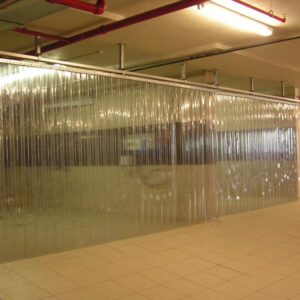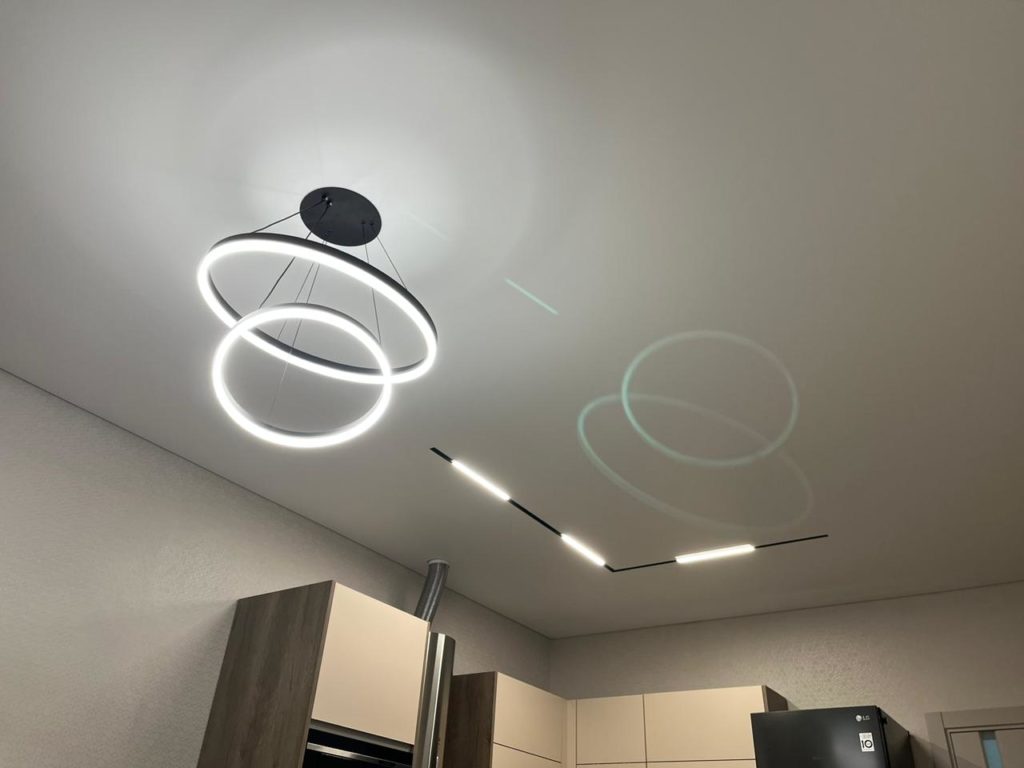PVC fabrics for stretch ceilings are a synthetic material that is used to create stretch ceilings. They have a number of advantages over other materials:
- Strength and durability. PVC fabric has high strength and resistance to mechanical stress, which makes it a durable material.
- Moisture resistance. PVC fabrics do not absorb moisture, so they are ideal for use in rooms with high humidity, such as bathrooms or kitchens.
- Fire safety. PVC materials have high fire resistance, which ensures safety during use.
- Ease of installation. PVC ceilings are easy to assemble and dismantle, which allows you to quickly and effortlessly update the interior.
- A wide range of colors and textures. PVC fabrics are available in various colors and textures, which allows you to choose a ceiling for any interior style.
- Environmental friendliness. Modern PVC fabrics are made of environmentally friendly materials that do not emit harmful substances into the environment.
- UV resistance. PVC fabrics are resistant to sunlight, so they do not fade over time.
- Sound insulation. PVC material can serve as an additional sound insulation layer, which is especially important for apartment buildings.
- An affordable price. PVC fabrics are a relatively inexpensive material compared to other types of stretch ceilings.
The use of PVC fabrics for stretch ceilings:
- Residential premises: apartments, houses, cottages.
- Office space: offices, conference rooms, reception rooms.
- Public places: restaurants, cafes, hotels.
- Medical institutions: hospitals, polyclinics, laboratories.
- Sports facilities: gyms, swimming pools, fitness clubs.
- Educational institutions: schools, kindergartens, universities.
It is important to note that when choosing a PVC fabric, its characteristics such as density, thickness, color and texture must be taken into account in order to ensure compliance with the requirements of a specific project. You should also pay attention to the quality of the material and the reputation of the manufacturer in order to guarantee the durability and reliability of the ceiling.





